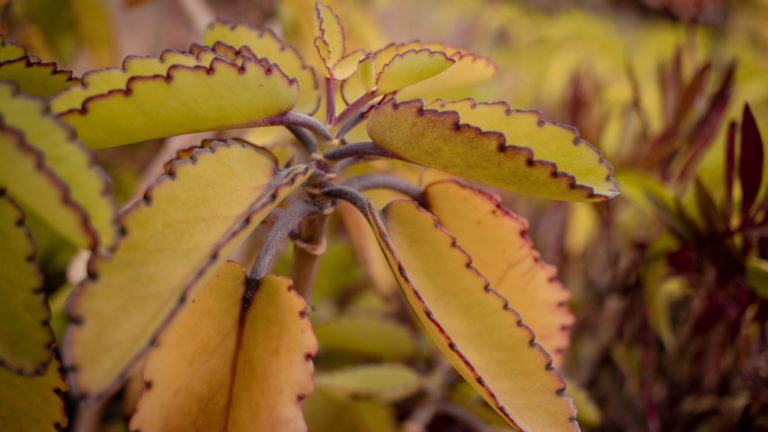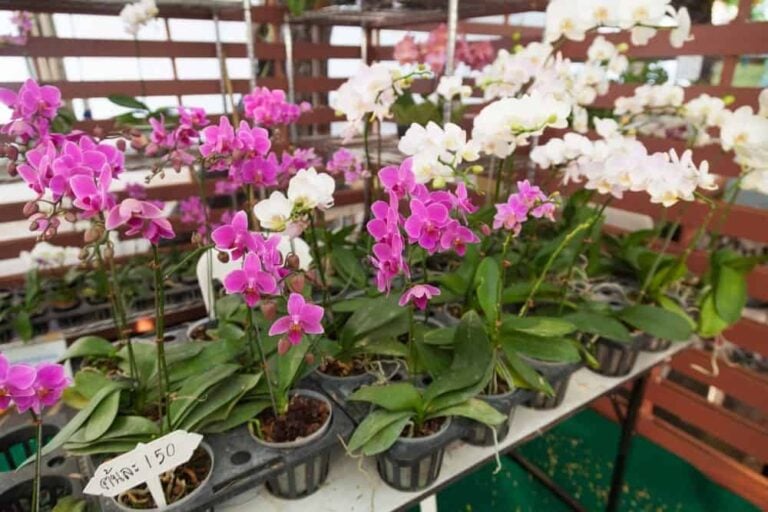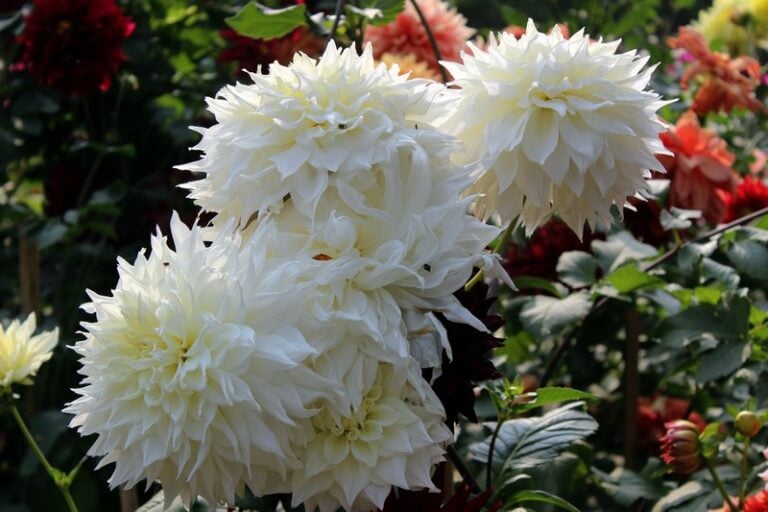Learn More About the Calathea Roseopicta (Rose-Painted Calathea)
The rose-painted calathea gets its nickname from the beautiful pinks and fuschias found along the leaves of its cultivars. This plant displays a spectrum of colors that onlookers are able to enjoy all year long, even during winter months. It grows well indoors and demands only minimal care and attention. With the right climate, enough water and access to light, your rose-painted calathea can grow to become an impressive and exotic addition to your home.
An Overview of the Rose-Painted Calathea
Calathea roseopicta is a species of plant in the Marantaceae family and is native to the tropics of Brazil. It’s primarily kept as an ornamental indoor plant due to its somewhat delicate composition. In the wild, the rose-painted calathea grows in the moist, shady environment found on the rainforest floor, and it grows best in rooms that mimic these conditions.
The rose-painted calathea flowers in summer with small purple and white flowers, but these blossoms are not usually the focal point of the plant. Instead, the plant is famous for the unique patterns and colors of its foliage. It forms clumps of green leaves with attractive markings in bright green, yellow and light pink, and backsides in an exotic magenta color. Leaves grow at the ends of long stalks, and each night they fold up slightly to reveal their vibrant underside. This folding is why the rose-painted calathea may sometimes be referred to as a “prayer plant.” Displaying Calathea roseopicta on a table or pedestal can make it easier to see the purple backing of each leaf. You can learn more about Calathea roseopicta on the University of Illinois gardening channel, UIExtension.
https://youtu.be/2ZkIgF0pPQQ
Growing Calathea roseopicta plants
The rose-painted calathea grows well indoors, as it is adapted to partial shade and warm conditions, and the plant is easy to pot using a peat-based potting mixture. Two parts peat and one part perlite make an ideal combination that is able to support root growth while also draining after irrigation.
Each year in the spring, you should check the root system of your plant to make sure that it still fits comfortably in its pot. If the roots are growing dense and taking up most of the room in a plant’s current container, then the plant should be transferred into a larger pot. The rose-painted calathea usually only requires repotting once every two years.
You can propagate Calathea roseopicta by division during repotting once the plant is fully mature. Divide your calathea in two, and then plant each cutting in its own pot containing your peat-based soil mixture. It’s important not to overwater freshly potted plants after propagating, as the roots need some time to develop before they can efficiently absorb water. Gardener Danielle Tells can help to guide you through the best ways to promote healthy growth after planting prayer plant varieties.
Taking Care of Your Calathea roseopicta plant
The rose-painted calathea is relatively easy to care of, making it a great choice for new gardeners, busy homeowners, and others who don’t have the time or expertise to deal with a fussy plant. All that Calathea roseopicta plants really need is the right environmental conditions in order to grow.
Temperature
Calathea roseopicta is sensitive to cold temperatures and shouldn’t be kept at anything under 60ºF. The plant prefers the moderate to warm temperatures that it would experience in the wild Brazilian tropics and grows best at between 65 and 75ºF. Be careful not to set your rose-painted calathea anywhere it might experience cold drafts or sudden temperature drops, as this can stress the plant.
Sunlight
While the rose-painted calathea grows best in bright light, it should be kept out of direct sunlight. The plant grows well in shaded rooms that experience a few hours of light each day. North, east or west facing rooms provide ideal levels of sunlight for a growing calathea plant.
Fertilizer
Throughout growing season, which lasts from around April through early October each year, you should fertilize your plant every other week to promote healthy development. It’s best to use a balanced, diluted solution and apply to wet soil.
Water
The rose-painted calathea prefers to have moist soil at all times, even during winter months, although you should limit watering during this time. Calathea roseopicta tends to be sensitive to water impurities, so when irrigating your plant, it’s best to avoid using the hard tapwater that’s found in many American homes. Instead, use tepid rain or distilled water.
Humidity
As a tropical plant, Calathea roseopicta enjoys relatively high levels of humidity as it grows. Simply misting your calathea may not be enough to provide adequate humidity, and so you may want to place your plant on a tray with wet pebbles instead. You can also invest in a humidifier.
Potential Problems for Calathea roseopicta owners
The rose-painted calathea has earned a name for itself as a robust houseplant, but that doesn’t mean it’s indestructible. Calathea roseopicta is susceptible to a number of health concerns that can easily be avoided through proper care and intervention.
Leaf Spots and Blight
Unsightly spots on your plant’s leaves may be due to the onset of a bacterial or fungal infection. Too much water in the soil or on the leaves can encourage the growth of bacteria and fungus, especially in warm conditions. Infections pass easily between plants in the home, so you should dispose of infected plants as quickly as possible.
Browning of Leaf Tips
If you see the tips of your plant’s leaves turning brown and shriveling, this could be due to a number of factors. It may be light damage from overexposure to direct sunlight, in which case you should move your plant to a more well-shaded area. The color change could also be to excess salts or acidity in the fertilizer.
The Cucumber Mosaic Virus
Calathea roseopicta is susceptible to the cucumber mosaic virus, a disease that turns the leaves of a plant to a mottled yellow. While it appears that this virus does no more than cause aesthetic damage, it can ruin the color quality of an otherwise attractive plant. You should get rid of any plants showing symptoms of this virus, as it can spread quickly to other vulnerable species.
Bugs and Pests
The rose-painted calathea is prone to pest infestations, and indoor conditions can exacerbate symptoms. You may be able to wash pests off the plant with water, but sometimes insecticides can be more effective. The most common reason for an influx of bugs and other pests is overly soggy soil and standing water under your plant. If you have persistent pest problems, try reducing the amount of water that you give your Calathea roseopicta.
Photo by Forest and Kim Starr licensed under CC BY 2.0
Also Read: Growing Mustard




